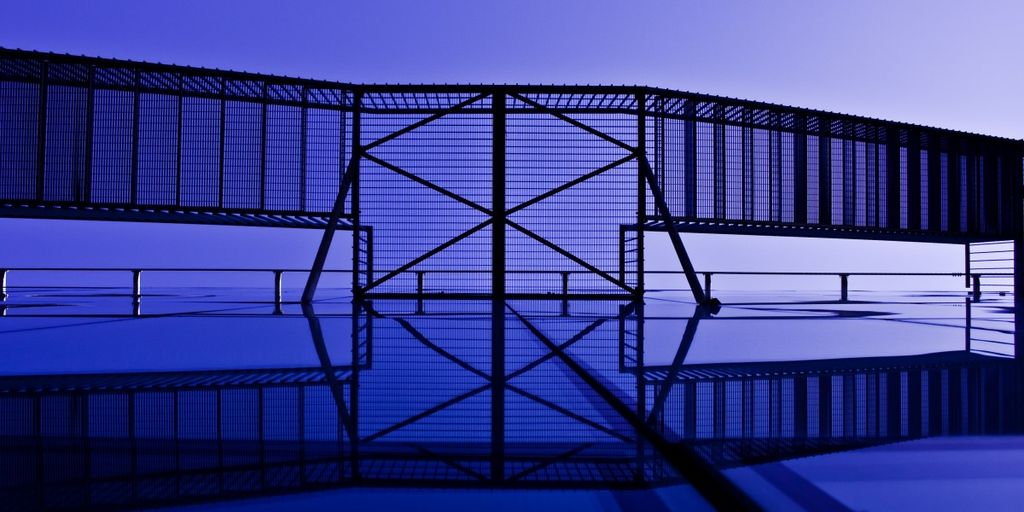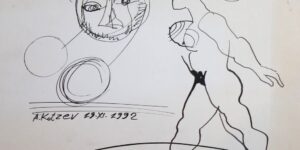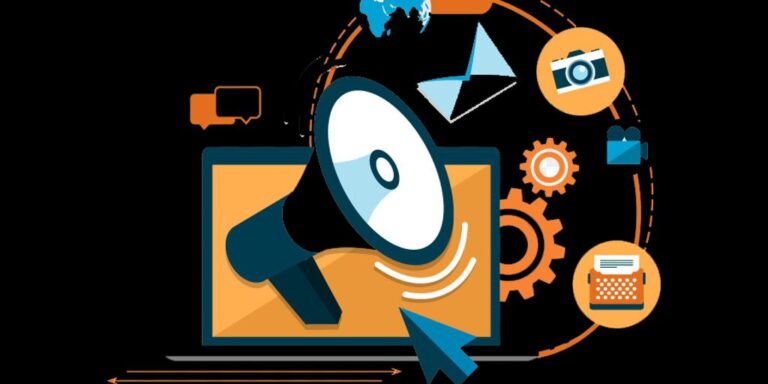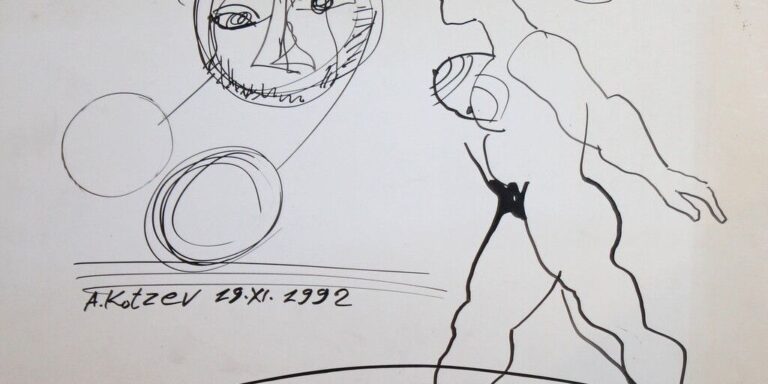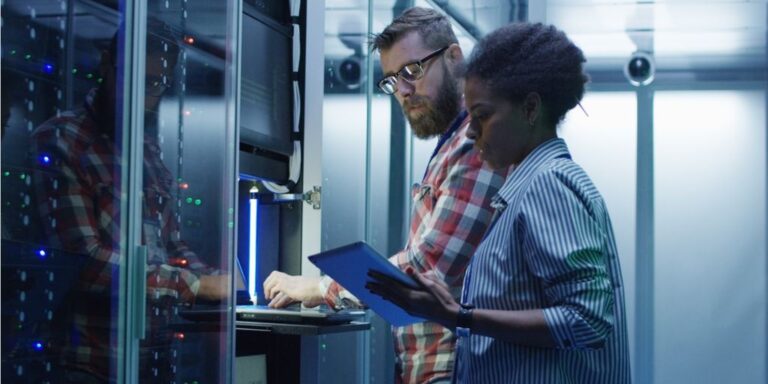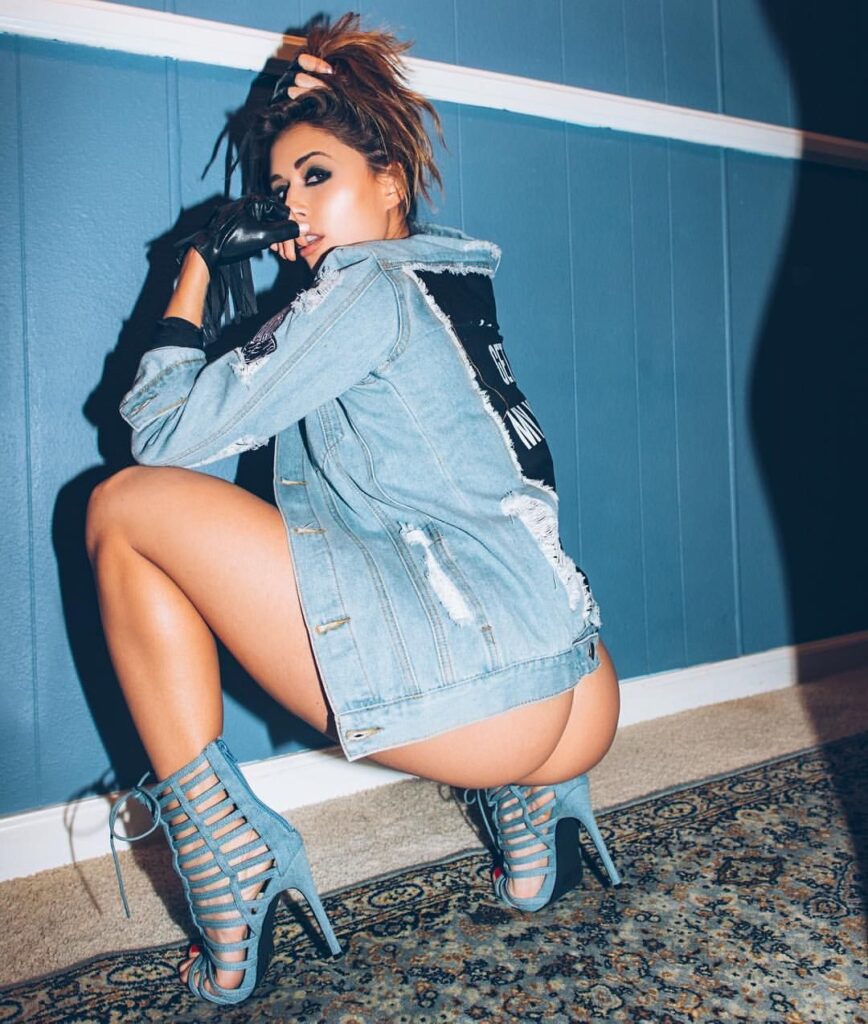The rise of Naked AI Art marks a significant evolution in contemporary culture, intertwining technology and art in unprecedented ways. As AI continues to expand its capabilities, artists are increasingly leveraging this technology to push the boundaries of creative expression, resulting in artworks that are not only visually stunning but also intellectually provocative. This fusion of AI and artistic vision is reshaping how we perceive and interact with art, making it more accessible and engaging for a broader audience.
Key Takeaways
- Naked AI Art represents a groundbreaking blend of technology and traditional artistic methods, offering new perspectives on both.
- The use of AI in creating art has democratized the artistic process, allowing more individuals to participate in and appreciate art.
- Artistic expressions through AI challenge traditional norms and stimulate discussions on the essence of creativity and authorship.
- The integration of AI in art has sparked both ethical and legal debates, particularly concerning copyright and the originality of AI-generated works.
- Public and academic interest in Naked AI Art is growing, indicating a significant shift in both the art market and cultural studies.
Defining Naked AI Art

Origins and Evolution
Naked AI Art, a term that encapsulates the use of artificial intelligence in creating unclothed human forms in art, has evolved from early digital experiments to sophisticated AI algorithms capable of generating highly detailed images. The origins trace back to the early 2000s with rudimentary software, evolving significantly with advancements in machine learning and neural networks.
Key Characteristics
Naked AI Art is characterized by its ability to generate art without human physical involvement, relying solely on digital data and algorithms. This art form leverages technologies like the AI nudifier and deepnude ai, which have stirred both interest and ethical debates. The main features include:
- High-resolution imagery
- Real-time processing
- Customizable features based on input data
Impact on Artistic Expression
The introduction of Naked AI Art has profoundly impacted artistic expression, offering new mediums and tools for artists. It challenges traditional boundaries and stimulates discussions on the essence of creativity and originality in art. The impact is seen in how art reflects the customs and values of the culture that creates it, integrating technology not only to mirror aesthetic preferences but also belief systems.
Technological Tools and Techniques

AI Algorithms in Art Creation
The integration of AI algorithms in art creation has revolutionized the way artists conceive and execute their works. Boldly, AI has enabled the creation of complex, layered artworks that would be impossible to achieve manually. For instance, platforms like Nudify.Online utilize advanced algorithms to transform traditional portraits into stylized, nude art pieces, pushing the boundaries of artistic expression.
Collaborative Robots in Art
In the realm of naked AI art, collaborative robots (cobots) play a pivotal role. These robots are designed to work alongside human artists, enhancing their ability to manipulate materials and scale their artworks. Cobots are particularly useful in tasks that require high precision or repetitive motion, making them indispensable in modern art studios.
Data-Driven Artworks
Data-driven artworks represent a significant trend in contemporary art, where artists use data as a primary medium. This approach involves collecting, analyzing, and visualizing data to create art that reflects complex social, environmental, or personal themes. The use of data not only enriches the narrative of the artworks but also engages the audience in new and interactive ways.
In the context of naked AI art, data-driven techniques allow for a deeper exploration of themes related to human form and identity, challenging traditional norms and perceptions.
Case Studies in Naked AI Art

Wearing Gillian by Gillian Wearing
The project Wearing Gillian by British conceptual artist Gillian Wearing utilizes AI to create a short film that explores new aesthetic experiences and modes of identification. By embodying ideas through AI, the audience engagement is significantly enhanced, making the art form more intimate and interactive.
Dali Lives at The Salvador Dali Museum
Dali Lives at The Salvador Dali Museum in Florida employs AI to resurrect the iconic artist Salvador Dali in an interactive installation. Visitors interact with the exhibit using various technologies such as buttons, QR codes, and VR glasses. This case study not only entertains but also prompts ethical debates, reflecting on the moral challenges of our technological era.
Artistic Nudity Across Cultures

Historical Perspectives
Throughout history, artistic nudity has been regarded as one of the defining aspects of humankind’s creativity. The appreciation and acceptance of artistic nudes have varied across different historical periods, populations, and geographical and cultural contexts. From the Venus of Willendorf to the classical sculptures of ancient Greece and Renaissance masterpieces, artistic nudity has been celebrated as a symbol of fertility, beauty, and vulnerability. Artists have explored themes related to human identity, sexuality, and the human condition through artistic nudity, often challenging societal norms and sparking critical conversations.
Social Media Influence
Nowadays, artistic representations of nudity are prevalent on social media, especially as forms of nude or semi-nude selfies, contributing to a new visual genre. Given the massive adoption of social media, these representations often blur the lines between artistic nudity and personal exposure, raising questions about privacy and consent. [The rise of nudification AI presents ethical, legal, and social concerns](https://blog.nudify.online/nudification-ai/) as it evolves rapidly, impacting privacy, consent, and gender biases. Calls for regulations and safeguards are increasing.
Geographical Variations
Artistic nudity is not perceived uniformly across the globe. Cultural background, religious beliefs, political views, and personal sensibility to certain images influence the acceptance and interpretation of nude art. The distinction between nudity and nakedness is crucial; nudity is often seen as an artistic expression put on display, while nakedness implies a more private state, often reflecting the vulnerability of the subject or the revelation of the true self.
Challenges of Algorithmic Censorship

Content Moderation on Social Platforms
Algorithmic content moderation faces the dual challenge of balancing freedom of expression with the need to control inappropriate content. This often results in algorithmic arbitrariness, where decisions lack transparency and consistency. Artists and users from diverse backgrounds, including political conservatives and minority groups, have reported disproportionate censorship.
Artist Experiences with Censorship
Many artists have altered their creative practices to avoid censorship, which not only affects their livelihood but also their artistic freedom. The reflections on algorithmic censorship reveal a pressing need for platforms to recognize and treat artistic content differently from other types of content.
Consequences of Content Removal
The removal of content can have severe implications for artists, impacting their visibility and engagement with audiences. It is crucial for platforms to develop more nuanced content moderation systems that respect artistic expression while maintaining community standards.
Legal and Ethical Considerations

Copyright Issues
The legal landscape surrounding AI-generated art, especially when it involves nudity, is complex and fraught with copyright challenges. Artists and creators must navigate a myriad of laws that differ by country and often conflict with the rapid pace of technological advancements. Key issues include determining the authorship of AI-generated works and the application of existing copyright laws to new forms of digital art.
Ethical Dilemmas in AI Art
Ethical considerations in AI art extend beyond simple legalities to questions about the authenticity and ethical implications of such creations. Debates often center on whether AI can truly be considered an author or merely a tool used by human artists. This raises profound questions about intellectual property rights and the authenticity of creative outputs generated by machines.
Questions about authorship, intellectual property rights, and whether AI-generated art is truly authentic challenge our traditional ideas of creativity.
#NotoAIArt Campaign Insights
The #NotoAIArt campaign highlights the public’s concerns and the ethical debates surrounding AI in art. It reflects a growing movement among artists and audiences who question the impact of AI technologies on creative expression and the broader implications for society. The campaign advocates for clear policies and regulations to ensure fair practices and respect for artists’ rights in the evolving landscape of digital art.
Market Dynamics of Naked AI Art

Auction Sales and Pricing
The auction market for Naked AI Art has seen remarkable growth, with pieces fetching increasingly high prices. This surge in value reflects both the novelty and the technological sophistication of the artworks. Notably, some pieces have been sold for figures comparable to traditional high-end art.
Global Attention and Recognition
Naked AI Art has captured the attention of the global art community, leading to its inclusion in major art exhibitions and biennials. This widespread recognition is not only a testament to its artistic value but also to its potential to influence future art movements.
Investment in AI Art
Investors are increasingly drawn to Naked AI Art, viewing it as a promising area for financial growth. The market is projected to expand significantly, with a compound annual growth rate (CAGR) of 17.4%. This investment interest is driven by the art’s unique blend of technology and creativity, making it a standout in the contemporary art scene.
Artistic and Cultural Impact

Influence on Contemporary Art
The integration of AI in art has not only expanded the toolset available to artists but also reshaped the very nature of artistic expression. This evolution has led to a dynamic shift in contemporary art, where traditional boundaries are blurred and new forms of creativity are embraced.
Future Theoretical Implications
The theoretical landscape of art is undergoing significant transformations due to AI’s influence. As AI continues to evolve, it will likely challenge and redefine our understanding of art, creativity, and the role of the artist in society.
Audience Engagement
AI art has significantly altered how audiences interact with art. Interactive installations and digital interfaces have made art more accessible and engaging, fostering a deeper connection between the artwork and the viewer. This shift is crucial in understanding the evolving relationship between art and its audience.
Technological Integration in Exhibitions

Interactive Art Installations
Interactive art installations have become a staple in modern exhibitions, leveraging technology to create immersive experiences. These installations often use sensors, interfaces, and algorithms to facilitate a dynamic interaction between the artwork and the audience. This not only enhances visitor engagement but also transforms the traditional passive viewing into an active participation. The role of technology in these installations is crucial, as it bridges the gap between art and the burgeoning world of technology.
Use of VR and Digital Interfaces
The integration of Virtual Reality (VR) and digital interfaces in exhibitions has revolutionized the way audiences interact with art. VR, in particular, allows visitors to step into completely immersive environments, offering a new dimension to artistic expression. These technologies enable museums and galleries to extend their reach beyond physical spaces, attracting a broader audience and redefining the cultural experience.
Ethical Debates in Art Displays
The use of advanced technologies in art exhibitions is not without controversy. Ethical debates often arise around the authenticity and integrity of digital artworks. Questions are raised about the impact of technology on the original artistic vision and the potential for technology to overshadow the art itself. It is essential for curators and artists to balance technological integration with the preservation of artistic integrity, ensuring that technology serves to enhance rather than detract from the art.
Future of Naked AI Art

Predictions and Trends
The trajectory of naked AI art is poised for expansive growth, driven by technological advancements and increasing artistic curiosity. The integration of AI with traditional art forms is expected to generate novel artistic expressions and methodologies. This evolution will likely see AI becoming a staple in art schools and studios, pushing the boundaries of creativity and artistic norms.
Potential for New Art Movements
The fusion of AI technology and artistic innovation holds the potential to birth entirely new art movements. As AI tools become more accessible and sophisticated, artists are experimenting with ways to blend AI-generated art with human creativity, leading to unique and previously unimaginable art forms.
Technological Advancements
Advancements in AI technology will continue to transform how artists create and how audiences engage with art. Enhanced algorithms and more intuitive interfaces will make AI tools not only more powerful but also more user-friendly, enabling artists to push the envelope of what is possible in art creation.
Public Perception and Reception

Social Acceptance
The social acceptance of naked AI art varies widely, influenced by cultural norms and the evolving landscape of digital art. Public opinion is often divided, with some viewing it as a progressive expansion of artistic boundaries, while others express concerns over ethical implications and the potential for misuse.
Media Coverage
Media coverage of naked AI art has been extensive, highlighting both its innovative aspects and the controversies it sparks. This coverage plays a crucial role in shaping public perception, often amplifying the interests of the user and the ethical debates surrounding the technology.
Viewer Interpretations
Viewer interpretations of naked AI art are deeply personal and can vary dramatically. Some see it as a bold exploration of human form and identity, while others may perceive it as an overreach, challenging traditional values. The dialogue between the art and its audience is a testament to its impact on societal norms and personal beliefs.
Educational and Scholarly Perspectives

Academic Studies and Research
The academic community has delved deeply into the implications and methodologies of AI in art, exploring both its potential and its challenges. Scholars have extensively investigated the many facets of content moderation on social media, including its impact on artistic freedom and expression. This research is crucial for understanding the broader impacts of AI on society and culture.
Influence on Art Education
AI art is increasingly becoming a topic of study in art education curricula. Educators are integrating AI tools to teach about both the technical aspects of art creation and the critical thinking required to understand AI’s role in art. This integration prepares students for a future where AI is ubiquitous in the creative industries.
Scholarly Debates on AI Art
The scholarly community is actively engaged in debates regarding the ethical and philosophical implications of AI-generated art. These discussions often focus on the authenticity of AI art and its impact on the traditional understanding of creativity. The debates are pivotal in shaping the future discourse around art and technology.
Conclusion
The rise of Naked AI Art marks a significant evolution in the intersection of technology and artistic expression. As we’ve explored, this new genre not only challenges traditional notions of creativity but also engages audiences in unprecedented ways. From the use of AI to create deeply personal deepfakes to the exploration of artistic nudity in digital spaces, Naked AI Art is redefining the boundaries of contemporary culture. However, it also raises important ethical and legal questions about the originality and ownership of digital art. As this field continues to grow, it will be crucial for artists, audiences, and regulators to navigate these challenges thoughtfully, ensuring that the fusion of art and technology enriches our cultural landscape without diminishing the value of human creativity.
Frequently Asked Questions
What is Naked AI Art?
Naked AI Art refers to a new genre of digital art where artists use artificial intelligence to create or influence artworks. This often includes the use of autonomous robots, data-driven algorithms, and AI to generate novel visual works that explore themes of nudity and human form.
How does AI influence artistic expression?
AI as a tool in artistic creation allows for limitless creativity, enabling artists to explore complex themes and generate unique artworks that might not be possible through traditional methods. AI can mimic human cognitive processes, offering a new perspective in artistic expression.
What are the key challenges with AI in art regarding social media?
One of the main challenges is algorithmic censorship. Artistic works that feature nudity often face content moderation or shadow-banning on social platforms, impacting artists’ visibility and engagement with the audience.
What legal and ethical concerns are associated with Naked AI Art?
Legal issues mainly revolve around copyright, where there’s debate over the ownership of AI-generated art. Ethically, there’s concern about the devaluation of traditional artistic skills and the potential misuse of existing artworks to train AI without proper attribution.
How has Naked AI Art been received in the art market?
Naked AI Art has attracted significant attention and sold for high prices at auctions, indicating a growing recognition and valuation of AI-generated art in the contemporary art scene.
What are the implications of the #NotoAIArt campaign?
The #NotoAIArt campaign reflects artists’ concerns about the use of AI in art, particularly regarding the legality and ethical implications of AI image generators that may devalue traditional artistic skills.
How is AI art integrated into exhibitions?
AI art is often displayed using interactive installations, VR, and digital interfaces, enhancing viewer engagement and offering new ways to experience art. These exhibitions also frequently address ethical issues, providing a platform for debate and discussion.
What future trends are predicted for Naked AI Art?
The field is expected to evolve with technological advancements, potentially leading to new art movements and deeper integration of AI in artistic practices. This includes more sophisticated AI algorithms and broader acceptance and exploration of AI in the art community.

